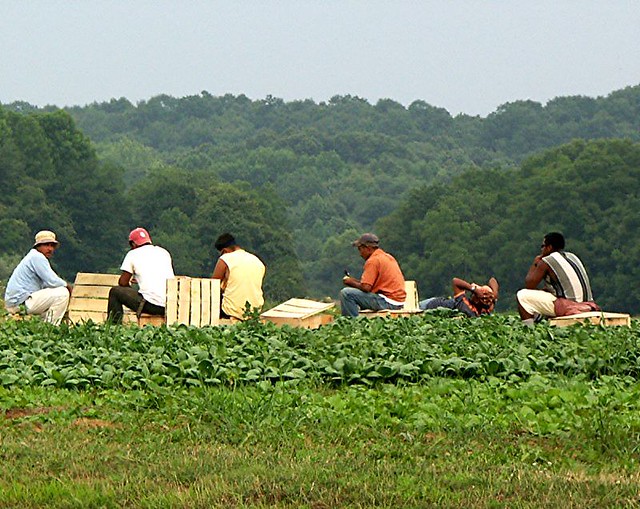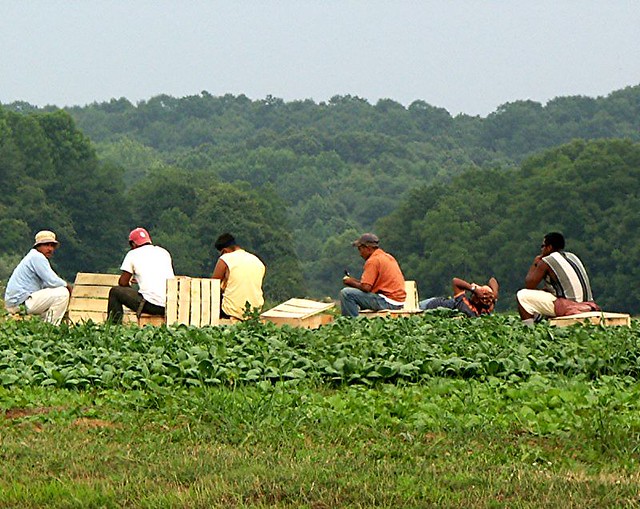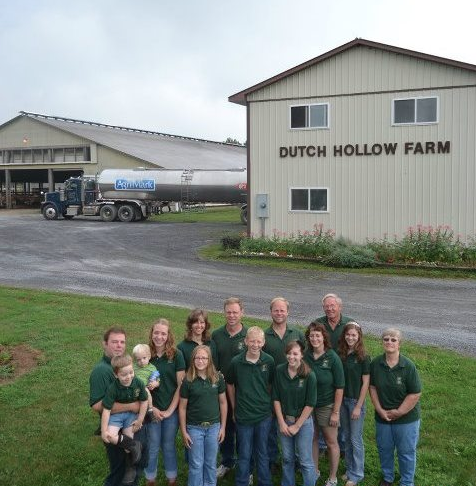
Sowing Resilience: Agroecology and the Future of the Homestead
For generations, homesteaders have been stewards of the land, working in harmony with nature to provide for themselves and their communities. But the challenges facing us today are unlike anything our ancestors encountered. Climate change, coupled with the increasing dominance of corporate agriculture, is creating unprecedented pressure on our food systems and threatening the very foundation of sustainable living. While these challenges are daunting, they also present an opportunity: a chance to embrace innovative, ecologically sound practices that build resilience and ensure a bountiful future. This is where agroecology comes in.

Agroecology isn't just a farming technique; it's a philosophy. It's about understanding the intricate relationships within an ecosystem and using that knowledge to create farming systems that are productive, sustainable, and resilient. Unlike conventional agriculture, which often relies on synthetic inputs and monoculture crops, agroecology emphasizes biodiversity, soil health, and natural pest control. In essence, it's about mimicking nature to grow food. And for homesteaders, it offers a powerful pathway towards food security and environmental stewardship.
Why Agroecology Matters to Homesteaders
Homesteaders are uniquely positioned to champion agroecological principles. Our smaller scale allows for more intensive management and observation, fostering a deeper understanding of our land. Furthermore, our commitment to self-sufficiency aligns perfectly with agroecology's emphasis on resource conservation and local food production.
Here are just a few reasons why embracing agroecology is crucial for the modern homesteader:
Enhanced Food Security: Agroecological practices promote diversified cropping systems, reducing vulnerability to pests, diseases, and extreme weather events. By growing a variety of crops, we can ensure a more stable food supply, even in the face of climate change. A study by the Food and Agriculture Organization (FAO) of the United Nations found that agroecological approaches can significantly increase yields in small-scale farming systems, contributing to improved food security.
Improved Soil Health: Healthy soil is the foundation of a thriving homestead. Agroecological techniques like cover cropping, composting, and no-till farming build soil organic matter, improve water infiltration, and enhance nutrient cycling. This not only leads to healthier plants but also sequesters carbon from the atmosphere, mitigating the effects of climate change.
Reduced Reliance on External Inputs: By fostering natural pest control and building soil fertility, agroecology minimizes the need for synthetic fertilizers, pesticides, and herbicides. This saves money, reduces our environmental impact, and creates a healthier ecosystem for ourselves and our communities.
Increased Biodiversity: Agroecological systems thrive on biodiversity. By incorporating a variety of plants, animals, and beneficial insects, we create a more resilient and balanced ecosystem. This not only enhances the beauty of our homesteads but also provides valuable ecosystem services like pollination and pest control.
Economic Resilience: While often overlooked, agroecology strengthens our financial resilience. By reducing reliance on costly inputs and diversifying our income streams through value-added products and direct marketing, we can create more sustainable and profitable homestead businesses. Furthermore, focusing on local resources insulates us from the volatility of global markets.
Practical Steps to Embrace Agroecology on Your Homestead
Transitioning to agroecological practices doesn't happen overnight, but even small changes can make a big difference. Here are a few practical steps you can take to get started:
Diversify Your Crops: Move beyond monocultures and plant a variety of crops that support each other. Companion planting, where different plants are grown together for mutual benefit, is a key agroecological technique. For example, planting basil near tomatoes can deter pests, while legumes like beans and peas fix nitrogen in the soil.
Embrace Cover Cropping: Cover crops are planted to protect and improve the soil, rather than for harvest. They can help prevent erosion, suppress weeds, add organic matter, and fix nitrogen. Common cover crops include clover, rye, and buckwheat.
Build Your Soil with Compost: Compost is nature's fertilizer. By composting food scraps, yard waste, and animal manure, you can create a nutrient-rich soil amendment that reduces your reliance on synthetic fertilizers.
Practice No-Till or Reduced Tillage: Tilling disrupts the soil structure and releases carbon into the atmosphere. No-till or reduced tillage practices minimize soil disturbance, preserving soil organic matter and improving water infiltration.
Encourage Beneficial Insects: Attract beneficial insects like ladybugs, lacewings, and parasitic wasps to your homestead by planting flowering plants that provide nectar and pollen. These insects can help control pests naturally, reducing the need for pesticides.
Integrate Animals: Incorporating livestock into your homestead can provide valuable benefits. Chickens can control pests and fertilize the soil, while goats and sheep can graze on cover crops and clear brush.

Community is Key: Building a Network of Support
Perhaps the most important aspect of agroecology is its emphasis on community. By sharing knowledge, resources, and seeds, we can build stronger, more resilient homesteading communities that support each other. Consider joining a local seed-saving group, attending workshops on agroecological techniques, or starting a community garden.
Here are some additional ways to engage:
Join a Seed Saving Network: Connect with other homesteaders to share and exchange heirloom seeds adapted to your local climate.
Attend Agroecology Workshops: Many organizations offer workshops and training programs on agroecological techniques.
Support Local Farmers Markets: Buying from local farmers who practice agroecological methods supports sustainable agriculture and strengthens your local food system.
Start a Community Garden: A community garden is a great way to connect with your neighbors, share resources, and grow food together.
Sowing Seeds of Hope
The challenges facing homesteaders and the global food system are significant, but they are not insurmountable. By embracing agroecological principles, we can build more resilient, sustainable, and equitable food systems that benefit both ourselves and the planet. It requires a shift in mindset, a willingness to learn and experiment, and a commitment to working together as a community. But the rewards are well worth the effort: a healthier planet, a more secure food supply, and a deeper connection to the land. Let's sow seeds of hope for a brighter future, one homestead at a time.